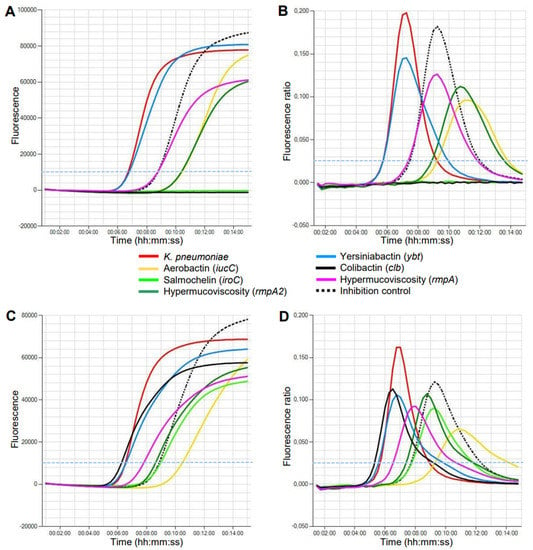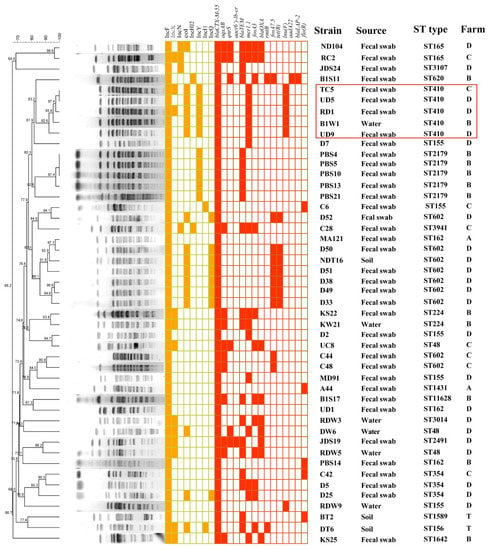Antibiotics 2023, 12(6), 956; https://doi.org/10.3390/antibiotics12060956 - 24 May 2023
Cited by 9 | Viewed by 6382
Abstract
Background: Infections by multi-drug-resistant (MDR) organisms are sharply increasing in newborns worldwide. In low and middle-income countries, a disproportionate amount of neonatal sepsis caused by MDR Gram negatives was recently reported. Newborns with infections by MDR organisms with limited treatment options may benefit
[...] Read more.
Background: Infections by multi-drug-resistant (MDR) organisms are sharply increasing in newborns worldwide. In low and middle-income countries, a disproportionate amount of neonatal sepsis caused by MDR Gram negatives was recently reported. Newborns with infections by MDR organisms with limited treatment options may benefit from novel antimicrobials. Methods: We performed a literature search investigating the use in newborns, infants and children of novel antimicrobials for the treatment of MDR Gram negatives, namely ceftazidime/avibactam, ceftolozane/tazobactam, cefiderocol, meropenem/vaborbactam, imipenem/relebactam, and Gram positives with resistance of concern, namely ceftaroline and dalbavancin. PubMed, EMBASE, and Web of Science were searched. Results: A total of 50 records fulfilled the inclusion criteria. Most articles were case reports or case series, and ceftazidime/avibactam was the most studied agent. All studies showed favorable efficacy and safety profile in newborns and across different age cohorts. Conclusions: novel antibiotics may be considered in newborns for the treatment of MDR Gram negatives with limited treatment options and for Gram positives with resistance concerns. Further studies are needed to address their effectiveness and safety in newborns.
Full article
(This article belongs to the Special Issue The Epidemiology of Antimicrobial Resistance in Bloodstream Infections: Focus on Activity of New Antibiotics)
►
Show Figures





